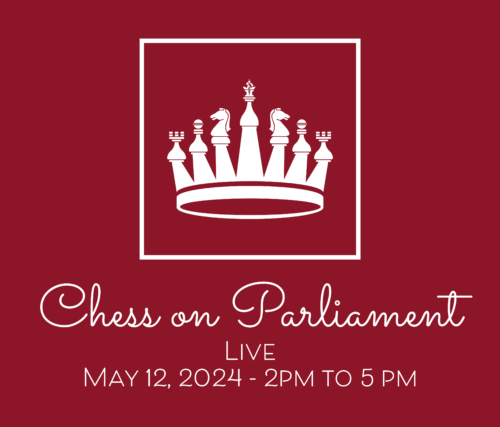The standard rules of chess provide a framework for gameplay, ensuring fair and orderly matches between players. Here’s a brief summary of these rules:
- Board and Setup: Chess is played on an 8×8 grid board with alternating light and dark squares. Each player starts with 16 pieces: one king, one queen, two rooks, two knights, two bishops, and eight pawns, arranged in a specific formation on their respective first two rows.
- Objective: The objective of chess is to checkmate the opponent’s king, meaning the king is in a position to be captured (in “check”) and there is no legal move to escape capture.
- Movement of Pieces:
- Each type of piece moves in a specific manner:
- The king moves one square in any direction.
- The queen moves any number of squares horizontally, vertically, or diagonally.
- The rook moves any number of squares horizontally or vertically.
- The knight moves in an L-shape: two squares in one direction and then one square perpendicular.
- The bishop moves any number of squares diagonally.
- The pawn moves forward one square (or two squares on its initial move), captures diagonally, and promotes to any other piece upon reaching the opposite end of the board.
- Each type of piece moves in a specific manner:
- Capture: Pieces capture opponents’ pieces by moving onto their squares, except for the knight, which jumps over other pieces. Captured pieces are removed from the board.
- Special Moves:
- Castling: A king can move two squares towards a rook on its initial square, while the rook moves to the square next to the king.
- En passant: A pawn captures an opponent’s pawn that has just moved two squares forward from its starting position.
- Pawn promotion: When a pawn reaches the opposite end of the board, it can be exchanged for any other piece (except a king).
- Check and Checkmate:
- Check: When a player’s king is under attack and threatened with capture by the opponent’s pieces.
- Checkmate: When a player’s king is in check, and there is no legal move to escape check. The game ends, and the player in checkmate loses.
- Stalemate: If a player has no legal moves and their king is not in check, the game ends in a stalemate, resulting in a draw.
- Turns: Players take turns moving their pieces, starting with White. Each player makes one move per turn.
- Draws: Besides stalemate, draws can occur by mutual agreement, insufficient material to checkmate, the fifty-move rule (no captures or pawn moves in 50 moves), or threefold repetition (same position occurs three times with the same player to move).
These rules provide the foundation for standard chess play, ensuring competitive and strategic gameplay between opponents.
Live Chess on Parliament had two players informing each human piece as to where they are supposed to move to on the board on the Parliament Hill.
Each piece was moved to the location assigned by the player.
When a piece was taken by the opposing pieces acted out a fun capture sequence with an accompanied drama of cello music. We had occasion to bring back our black queen and black rook into play as the game unfolded.
Come visit Parliament Hill on October 27, 2024 at 2 pm to watch the live chess drama unfold on a date to be announced when we are able.
To join the fun on October 27, 2024, be a piece.

